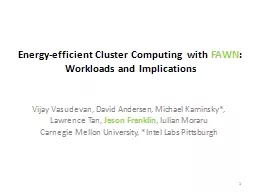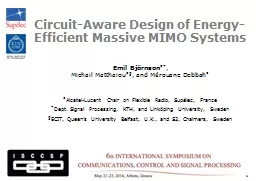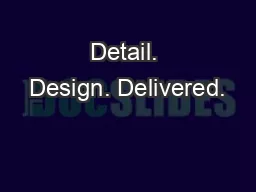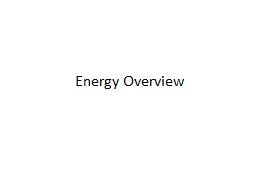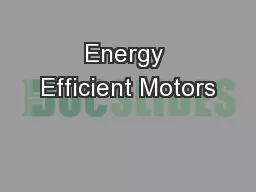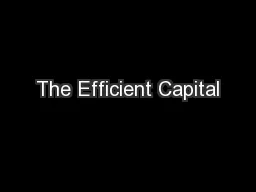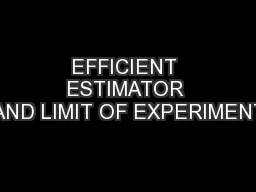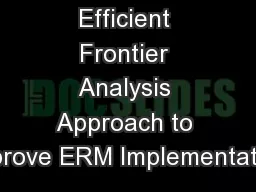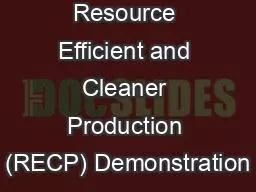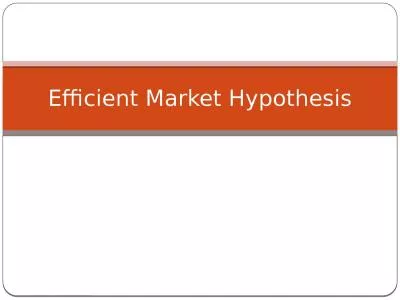PPT-Introduction to Energy Efficient Design
Author : marina-yarberry | Published Date : 2018-09-30
Presented to Energy Design Conference Preconference Workshop Duluth Minnesota February 20 2017 Presented by Rebecca Ellis PE LEED AP BD C CCP CPMP CxA President
Presentation Embed Code
Download Presentation
Download Presentation The PPT/PDF document "Introduction to Energy Efficient Design" is the property of its rightful owner. Permission is granted to download and print the materials on this website for personal, non-commercial use only, and to display it on your personal computer provided you do not modify the materials and that you retain all copyright notices contained in the materials. By downloading content from our website, you accept the terms of this agreement.
Introduction to Energy Efficient Design: Transcript
Download Rules Of Document
"Introduction to Energy Efficient Design"The content belongs to its owner. You may download and print it for personal use, without modification, and keep all copyright notices. By downloading, you agree to these terms.
Related Documents


